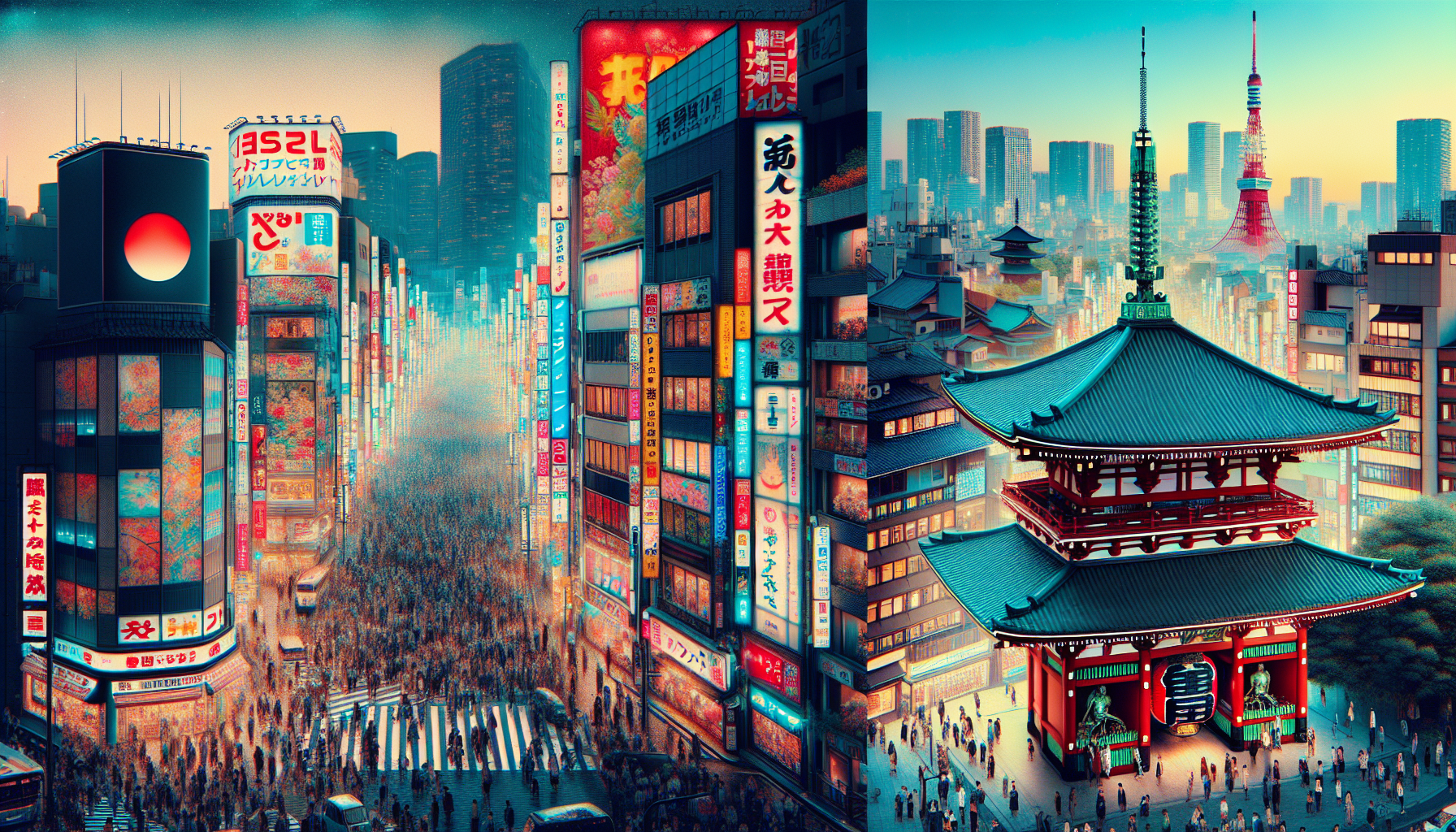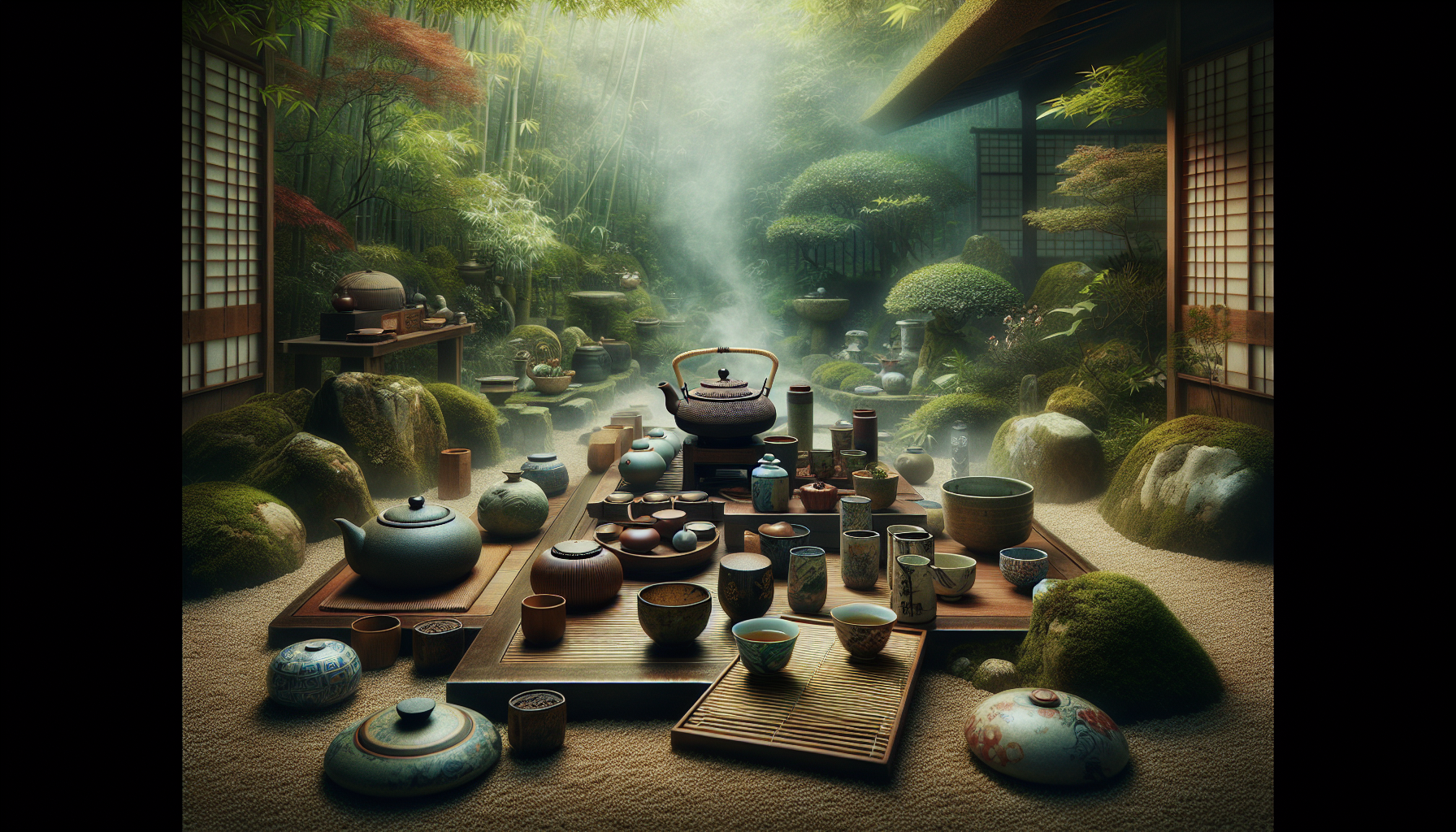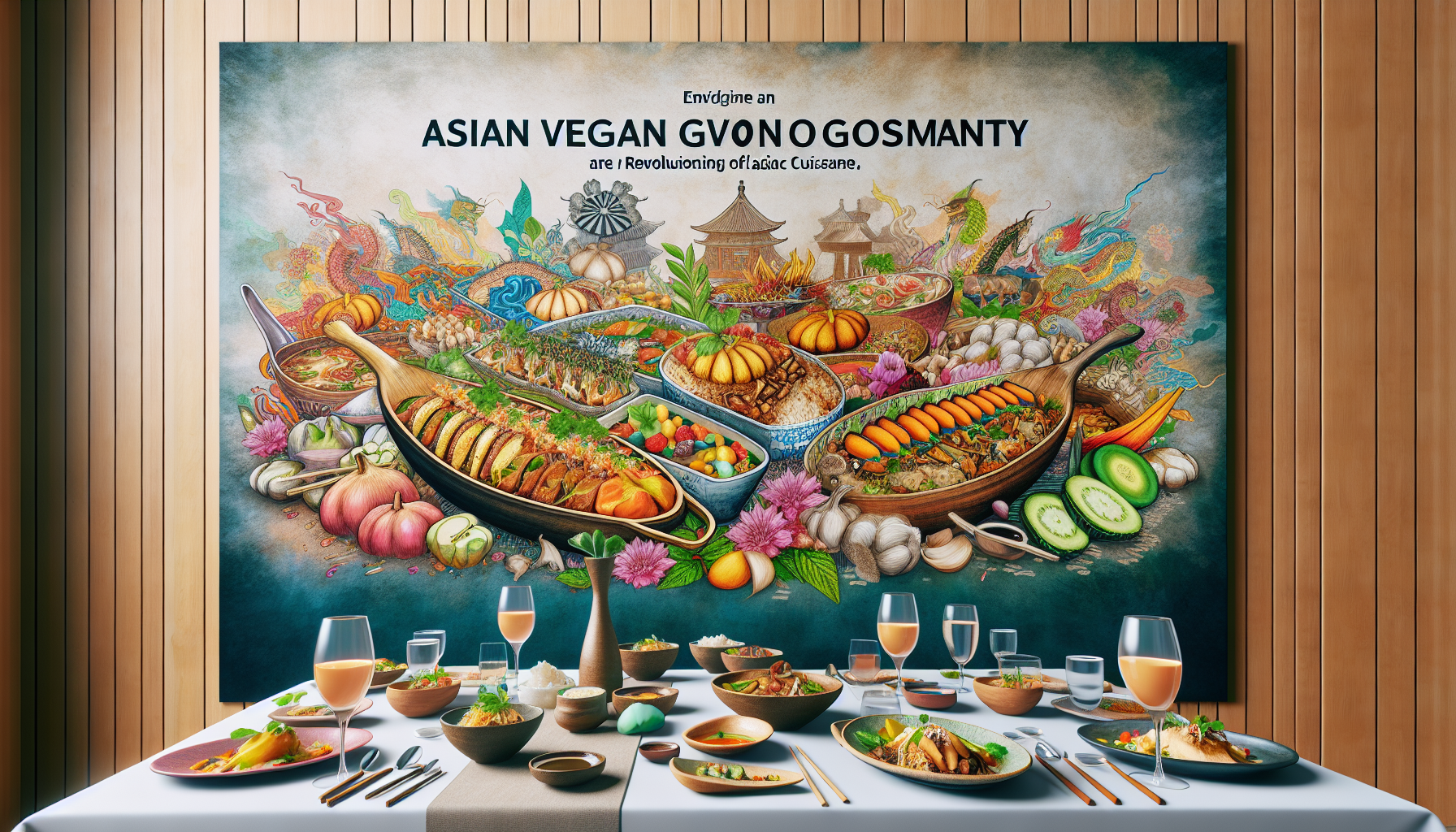Advertisements
If you’re planning a trip to Tokyo and want to immerse yourself in the city’s pop and traditional culture, this guide is for you! In this article, we’ll explore the most vibrant neighborhoods in the Japanese capital, where you can experience the unique essence of Tokyo.
From Shinjuku to Harajuku, Akihabara and Asakusa, each neighborhood in Tokyo has its own unique atmosphere and personality, reflecting different aspects of Japanese culture. Prepare to be amazed by the mix of modernity and tradition that makes Tokyo such a fascinating city.
Discover the best themed cafes, comic shops, ancient temples, traditional restaurants and much more. Explore Tokyo’s most iconic neighborhoods and enjoy unique experiences that will surely stay with you forever. Join us on this cultural journey through Japan’s capital!
Advertisements
Discover Tokyo's most vibrant neighborhoods
Tokyo is a city that perfectly blends traditional Japanese culture with modern pop culture. To explore the essence of this unique city, it is essential to get to know its most vibrant neighborhoods, where you can immerse yourself in incredible cultural experiences. Let’s discover together some of the most unmissable neighborhoods in Tokyo:
1. Shibuya
Shibuya is one of Tokyo’s most famous neighborhoods, known for its bustling pedestrian intersection, Shibuya Crossing. It’s also a major hub of Japanese pop culture, with clothing stores, themed restaurants, karaoke bars, and stylish cafes. Don’t miss the famous Harajuku neighborhood, known for its eccentric fashion and unique clothing and accessories stores.
2. Asakusa
Asakusa is a traditional neighborhood in Tokyo, known for being home to the famous Senso-ji Temple, one of the oldest and most important temples in the city. Around the temple, you can find several souvenir shops, street food stalls and the lively Nakamise Market. Be sure to try the delicious Japanese sweet called ningyo-yaki, a specialty of Asakusa.
3. Akihabara
Akihabara is a pop culture and technology fan’s paradise in Tokyo. Known as the city’s electronics district, Akihabara is filled with stores selling electronics, video games, anime, manga, and other Japanese pop culture-related products. The famous maid cafés, where waitresses dress up as maids and interact cutely with customers, are also a must-see attraction in Akihabara.
Advertisements
4. Yanaka
Yanaka is a quiet neighborhood in Tokyo known for preserving the city’s traditional atmosphere. Stroll through Yanaka’s charming narrow streets and discover ancient temples, tranquil gardens and local craft shops. Be sure to sample delicious Japanese sweets at one of Yanaka’s traditional bakeries.
5. Shinjuku
Shinjuku is one of Tokyo’s liveliest neighborhoods, known for its bustling nightlife, towering skyscrapers, and wide variety of shops, restaurants, and bars. Be sure to visit the Kabukicho neighborhood, known as Tokyo’s red-light district, and the beautiful Shinjuku Gyoen National Garden, an oasis of tranquility amidst the hustle and bustle of the city.
HTML code for list:
- Shibuya
- Asakusa
- Akihabara
- Yanaka
- Shinjuku

When exploring Tokyo’s most vibrant neighborhoods, visitors have the chance to not only get lost in the bustling, modern streets, but also be enchanted by the rich culinary diversity that the city has to offer. Tokyo is a foodie’s paradise, where tradition and innovation meet to create a unique culinary experience. From simple, delicious street food to sophisticated Michelin-starred restaurants, the city is a must-visit destination for those seeking new culinary discoveries.
In places like the famous Tsukiji Market, fresh sushi is a real draw. Local restaurants serve delicately prepared slices of fish paired with vinegared rice and wasabi, offering a dining experience that celebrates the freshness and quality of seafood. But Tokyo’s cuisine goes far beyond sushi, offering an incredible array of traditional and modern dishes.
One of the must-try delicacies for tourists is ramen. Found on every street corner, ramen is a noodle soup with a flavorful broth, often enriched with pork, boiled egg, and vegetables. Each ramen restaurant has its own recipe and style, and it’s a great way to savor the authentic flavors of Japanese cuisine.
Street markets are also an essential part of the Tokyo food experience. Among the vibrant stalls, visitors can sample a variety of snacks, including takoyaki (octopus balls), okonomiyaki (savoury pancakes) and taiyaki (fish-shaped pastries filled with sweet bean paste). These small dishes are perfect for exploring as you stroll the streets of neighborhoods like Shibuya, Asakusa and Harajuku, which combine old and new in a fascinating way.
Tokyo also boasts an international culinary scene. Neighborhoods like Roppongi and Shinjuku offer a wide range of food options from around the world, from Italian and French restaurants to Thai and Indian restaurants. The fusion of cultures in Tokyo’s cuisine is a reflection of the city’s cosmopolitan nature, which embraces global influences without losing its Japanese identity.
However, Tokyo is also a hub of culinary innovation. Modern restaurants and creative chefs transform traditional ingredients into cutting-edge dishes, creating flavor combinations and presentations that surprise and delight the most discerning palates. The city, known for having the most Michelin stars in the world, is a place where haute cuisine meets traditional home-cooked delicacies.
Conclusion
Exploring the essence of Tokyo is a unique experience that allows visitors to immerse themselves in the city’s pop and traditional culture. To experience the best that Tokyo has to offer, it’s essential to explore the Japanese capital’s most vibrant and distinctive neighborhoods. Neighborhoods like Shibuya, known for its lively atmosphere and iconic intersection, and Harajuku, famous for its eccentric fashion, are must-sees for pop culture lovers.
Meanwhile, traditional neighborhoods like Asakusa, home to Senso-ji Temple, offer an authentic glimpse into Japanese culture with its souvenir shops and street food stalls. Akihabara, a haven for technology and pop culture, and Yanaka, with its laid-back, traditional atmosphere, are must-see spots for those looking to explore the many facets of Tokyo.
Shinjuku, with its vibrant nightlife and towering skyscrapers, offers visitors a unique experience. By exploring Tokyo’s most vibrant neighborhoods, you can immerse yourself in a fascinating mix of tradition and modernity, making your trip even more enriching and unforgettable. So, be sure to include these neighborhoods in your itinerary and discover the true essence of the Japanese capital.




